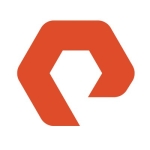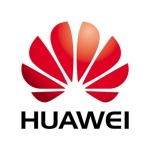We find the flexibility of having the access protocols all in one box and clustered Data ONTAP to be the most valuable features.
It's quite simple to install and fast to integrate into existing ecosystems. Also, it's very easy to handle the monitoring on an enterprise grade.
For the company I installed this for, their data warehouse system and ERP is ten times faster than it was before when they were using hard discs. We can work much faster on customer situations and requests than before.
Inline deduplication would be great to have, but everything else is fantastic.
We've been using it for six months to help run VDI, server virtualization, OLTP databases, date warehouse, and mail subsystems.
No failures yet at the four customers I’ve installed this for.
It is expandable as you can mix it with normal High-Availability pairs, so it's very scalable.
Customer Service:
Customer support issues have normally been cleared up in one business day, so it's been really great.
Technical Support:
Normal issues like performance problems and parts replacement are infrequent and are taken care of quickly.
I’ve only been working with NetApp products.
It only took one day for the initial setup of a normal system, including performance and system monitoring. So setup is quite fast and straightforward.
I implement it for our customers.
Partner choice is important when using enterprise storage. They can give you a lot more help when you have questions, train you, and give you other managed services if you need. You can combine this with normal hardware support. There are three levels of partners--
Normal reseller: You order the product and NetApp will send you a technician to install the system.
Professional Services Partner: They install the system and implement a complete solution like VDI environments. They will not normally provide support cases, and it normally reverts to NetApp.
Service Certified partner: They will give you the hardware or replace your hardware (normal hardware service), help you with updates and maintenance work, install the AFF in the field, and they can give you a more managed services background. This same partner can help you with hardware replacement, software hiccups, and problems with the surrounding ecosystem.












Hi Malcolm,
The AFF8040 controller does have four GbE ports on the right side labeled e0i, e0j, e0k, and e0l. Otherwise nice write up and glad to hear this system is working out so well for you.
Take care,
-chris